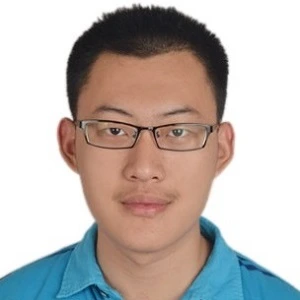In a thrilling development, particularly for the 2.7 billion that deal with water scarcity, that could change the way we access fresh water, a team of engineers from MIT and China have created a solar desalination system inspired by the ocean’s natural processes. This innovative device, which requires no external power source and operates solely on solar energy, has the potential to produce freshwater more affordably than conventional tap water.
Published in the journal Joule, the research outlines a new solar desalination system design that uses natural sunlight to heat and convert seawater into drinkable water. This system isn’t just a conceptual marvel; it’s a practical solution that could significantly impact global water scarcity issues.

The Science Behind the System
The design of this desalination system mirrors the ocean’s “thermohaline” circulation. In this setup, the circulation of water, powered by the sun’s heat, causes the water to evaporate, leaving salt and other impurities behind. The vapor is then condensed, yielding pure, drinkable water. Meanwhile, the residual salt is continuously removed, preventing any clogging of the system.
Lenan Zhang, a research scientist in MIT’s Device Research Laboratory, highlights the system’s efficiency: “For the first time, it is possible for water, produced by sunlight, to be even cheaper than tap water.” This efficiency is attributed to the system’s high water-production rate and effective salt rejection.
Potential and Scalability
The researchers have estimated that a system the size of a small suitcase could produce about 4–6 liters of drinking water per hour. This scale of operation not only ensures a steady supply of fresh water but also promises longevity with minimal need for replacement parts. Envisioning a future application, the team believes a scaled-up device could meet the daily water needs of a small family, especially in off-grid, coastal communities.

The Evolution of the Design
The team’s journey to this design wasn’t straightforward. Their initial model, tested on the roof of an MIT building, efficiently converted solar energy to evaporate water. However, it faced challenges with salt accumulation. A subsequent design iteration incorporated a feature to circulate both water and residual salt but struggled with a low desalination rate.
The latest design combines the strengths of their previous models. It uses a multistage system of evaporators and condensers, enhanced to boost water and salt circulation. “We introduce now an even more powerful convection, that is similar to what we typically see in the ocean, at kilometer-long scales,” explains Zhenyuan Xu, part of the research team.

Implications for People and the Planet
The MIT team’s solar desalination system holds immense promise for addressing global water scarcity. Its ability to convert seawater into drinking water using only solar energy presents a sustainable and cost-effective solution. This technology could be particularly valuable in remote, coastal regions where access to fresh water is limited, and electricity supply is scarce.
For the environment, this passive desalination approach reduces reliance on energy-intensive and often pollutant water treatment methods. By harnessing the power of the sun, the system contributes to reducing the carbon footprint associated with water purification.
Looking Ahead
More To Discover
- The Zero-Energy Ultrathin Film That Can Protect Crops and Slash Food Waste
- The Groundbreaking Shutdown of the Original Nuclear Reactor Will Unlock More Future Fusion Insights
- There Are Trillions of Tons of Clean Power Beneath U.S. Soil
- Palm Oil-Based Organic Solution Can Protect Cattle from Pests Without Insecticides
As we face increasing freshwater shortages and climate change impacts, solutions like MIT’s solar-powered desalination system could play a critical role. The technology not only offers a method to tap into the vast resource of seawater, but does so in a way that’s accessible, affordable, and environmentally friendly. This innovation could mark a significant step forward in ensuring clean, safe drinking water for populations worldwide, aligning with the urgent need for sustainable water management practices.
In conclusion, this groundbreaking solar desalination system represents more than just a technological achievement; it embodies a hopeful vision for a future where fresh water is more accessible, and sustainability is at the heart of our solutions. As noted by the researchers, the potential of this technology to address real-world problems is immense, paving the way for a new era in water accessibility and environmental stewardship.



















